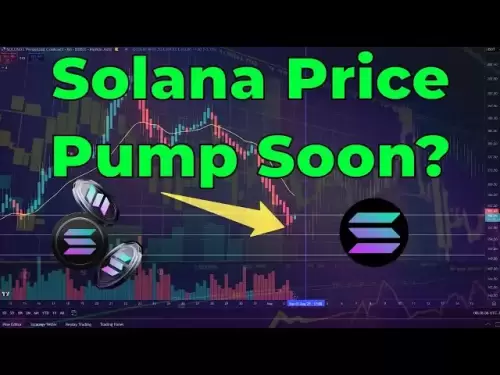-
 Bitcoin
Bitcoin $114400
1.32% -
 Ethereum
Ethereum $3499
2.20% -
 XRP
XRP $2.922
4.26% -
 Tether USDt
Tether USDt $0.0000
0.03% -
 BNB
BNB $752.6
1.53% -
 Solana
Solana $161.8
1.64% -
 USDC
USDC $0.9999
0.01% -
 TRON
TRON $0.3267
1.32% -
 Dogecoin
Dogecoin $0.1991
3.02% -
 Cardano
Cardano $0.7251
3.29% -
 Hyperliquid
Hyperliquid $38.32
3.36% -
 Stellar
Stellar $0.3972
7.58% -
 Sui
Sui $3.437
2.74% -
 Chainlink
Chainlink $16.29
3.65% -
 Bitcoin Cash
Bitcoin Cash $545.3
3.70% -
 Hedera
Hedera $0.2482
7.49% -
 Ethena USDe
Ethena USDe $1.001
0.03% -
 Avalanche
Avalanche $21.40
2.02% -
 Toncoin
Toncoin $3.579
1.56% -
 Litecoin
Litecoin $109.3
2.20% -
 UNUS SED LEO
UNUS SED LEO $8.951
-0.18% -
 Shiba Inu
Shiba Inu $0.00001220
2.75% -
 Polkadot
Polkadot $3.613
2.99% -
 Uniswap
Uniswap $9.173
3.78% -
 Monero
Monero $302.6
2.62% -
 Dai
Dai $0.0000
0.00% -
 Bitget Token
Bitget Token $4.320
1.52% -
 Pepe
Pepe $0.00001048
3.40% -
 Cronos
Cronos $0.1314
4.33% -
 Aave
Aave $259.4
3.54%
Is there a destruction mechanism for RUNE coins? Is deflation severe?
RUNE's deflationary pressure, driven by transaction fee destruction and penalties, aims to increase value but risks reducing liquidity if not balanced properly.
May 20, 2025 at 07:28 pm
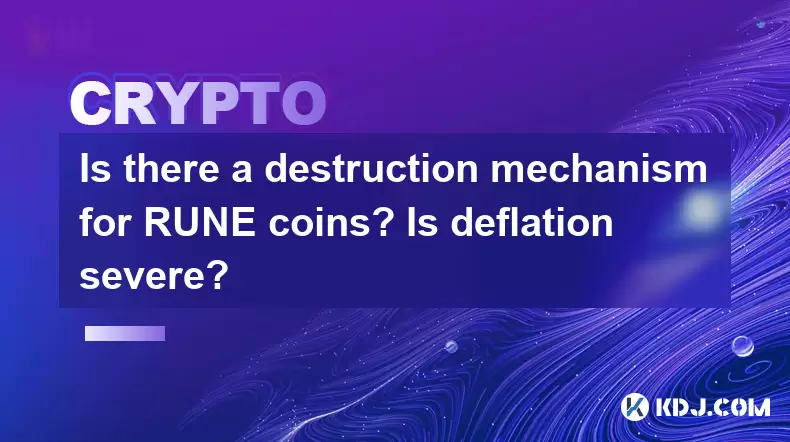
The question of whether there is a destruction mechanism for RUNE coins and whether deflation is severe is a crucial one for investors and enthusiasts within the cryptocurrency community. In this article, we will delve into the mechanics of the RUNE coin, specifically focusing on its destruction mechanism, and analyze the implications of deflation within the THORChain ecosystem.
Understanding RUNE Coins and THORChain
RUNE is the native cryptocurrency of the THORChain ecosystem, a decentralized liquidity protocol that enables users to swap between different cryptocurrencies without relying on centralized exchanges. The primary function of RUNE is to facilitate these swaps and to secure the network through staking. Given its central role in the ecosystem, understanding the economic model of RUNE, including any mechanisms for coin destruction, is essential.
The Destruction Mechanism of RUNE
THORChain employs a unique economic model that includes a destruction mechanism for RUNE coins. This mechanism is designed to help maintain the value of RUNE over time by reducing the total supply of coins in circulation. The destruction of RUNE occurs through several processes within the THORChain ecosystem.
- Transaction Fees: A portion of the transaction fees paid in RUNE during swaps on THORChain is destroyed. This means that every time a user swaps one cryptocurrency for another using THORChain, a small amount of RUNE is removed from circulation.
- Node Bonding: Nodes within the THORChain network are required to bond a certain amount of RUNE to participate in the network. If a node fails to perform its duties correctly, it may face penalties, including the destruction of a portion of its bonded RUNE.
- Slashing: In the event of malicious behavior or failure to adhere to the protocol's rules, validators can have a portion of their staked RUNE destroyed as a penalty. This mechanism serves as a deterrent against bad actors and helps to maintain the integrity of the network.
Severity of Deflation in RUNE
The concept of deflation refers to a reduction in the overall money supply, which can lead to an increase in the value of the remaining currency. In the case of RUNE, the destruction mechanisms described above contribute to a deflationary pressure on the coin's supply. However, assessing the severity of this deflation requires a closer look at the data and the overall economic model of THORChain.
- Supply Reduction Rate: The rate at which RUNE is being destroyed compared to the total supply is a key indicator of deflation severity. According to data from THORChain, a significant portion of the transaction fees and penalties are indeed being destroyed, leading to a steady reduction in the total supply of RUNE.
- Economic Impact: The impact of this deflation on the economy of THORChain is multifaceted. On one hand, a decreasing supply can lead to an increase in the value of RUNE, which is beneficial for long-term holders. On the other hand, if deflation becomes too severe, it can lead to a decrease in liquidity and potentially hinder the growth of the ecosystem.
- Balancing Mechanisms: THORChain has implemented several balancing mechanisms to mitigate the potential negative effects of deflation. For instance, the protocol adjusts the amount of RUNE destroyed based on network activity and other economic factors to ensure that the deflationary pressure remains at a sustainable level.
Impact of RUNE Destruction on Stakers and Users
The destruction of RUNE has significant implications for both stakers and users within the THORChain ecosystem. For stakers, the deflationary nature of RUNE can be advantageous as it potentially increases the value of their staked coins over time. However, they must also be aware of the risks associated with slashing and the potential for their staked RUNE to be destroyed if they fail to meet the protocol's requirements.
For users, the destruction of RUNE through transaction fees can affect the cost of using the THORChain platform. While the fees themselves are small, the cumulative effect of these fees being destroyed can contribute to the overall deflationary pressure on RUNE. Users must therefore consider the long-term implications of using THORChain for their cryptocurrency swaps.
Comparing RUNE's Deflation to Other Cryptocurrencies
To better understand the severity of deflation in RUNE, it is helpful to compare it to other cryptocurrencies with similar economic models. For instance, Bitcoin also has a deflationary mechanism due to its capped supply and the halving of block rewards over time. However, Bitcoin's deflation is primarily driven by its fixed supply rather than active destruction mechanisms like those in THORChain.
Ethereum, on the other hand, has introduced mechanisms like EIP-1559, which burns a portion of transaction fees, leading to a deflationary effect similar to that of RUNE. However, the specifics of these mechanisms and their impact on the overall supply differ between the two cryptocurrencies.
Analyzing Historical Data on RUNE Destruction
To gain a more comprehensive understanding of the deflationary pressure on RUNE, it is essential to analyze historical data on the destruction of RUNE coins. This data can provide insights into the trends and patterns of RUNE destruction over time and help predict the future impact on the coin's supply.
- Transaction Fee Destruction: Historical data shows a consistent trend of RUNE being destroyed through transaction fees. The amount of RUNE destroyed through this mechanism has been steadily increasing as the usage of THORChain grows.
- Node Bonding and Slashing: Data on node bonding and slashing penalties also reveal a significant amount of RUNE being destroyed. These penalties are less frequent than transaction fee destruction but can have a more substantial impact on the total supply when they occur.
- Overall Supply Reduction: The cumulative effect of these destruction mechanisms has led to a notable reduction in the total supply of RUNE over time. This trend is expected to continue as long as THORChain remains operational and continues to grow.
Frequently Asked Questions
Q: How does the destruction of RUNE affect the liquidity of THORChain?
A: The destruction of RUNE can lead to a reduction in liquidity if the rate of destruction outpaces the rate of new RUNE entering the market. However, THORChain has implemented balancing mechanisms to ensure that liquidity remains at a sustainable level, adjusting the amount of RUNE destroyed based on network activity.
Q: Can the destruction mechanism of RUNE be adjusted by the THORChain community?
A: Yes, the THORChain community has the ability to propose and vote on changes to the protocol, including adjustments to the destruction mechanism. Any changes would need to be approved through a governance process to ensure they align with the community's interests.
Q: How does the deflationary nature of RUNE compare to other cryptocurrencies with similar mechanisms?
A: While RUNE's deflationary nature is driven by active destruction mechanisms, other cryptocurrencies like Bitcoin and Ethereum have different approaches. Bitcoin's deflation is primarily due to its capped supply, while Ethereum's EIP-1559 introduces a similar fee-burning mechanism. The severity and impact of these mechanisms vary between the cryptocurrencies.
Q: What are the potential risks associated with the deflation of RUNE?
A: The main risks associated with the deflation of RUNE include reduced liquidity and potential hindrances to the growth of the THORChain ecosystem. If deflation becomes too severe, it could lead to a decrease in the usability of RUNE for transactions and swaps, affecting the overall health of the network.
Disclaimer:info@kdj.com
The information provided is not trading advice. kdj.com does not assume any responsibility for any investments made based on the information provided in this article. Cryptocurrencies are highly volatile and it is highly recommended that you invest with caution after thorough research!
If you believe that the content used on this website infringes your copyright, please contact us immediately (info@kdj.com) and we will delete it promptly.
- Cold Wallet vs. MetaMask: A Web3 Wallet Revolution?
- 2025-08-04 06:30:12
- Chainlink Price Prediction: Bearish Continuation or a Bullish Reversal?
- 2025-08-04 06:35:12
- Bitcoin Whale Alert: Navigating Liquidation Risks in a Volatile Market
- 2025-08-04 07:10:12
- BNB Price Under Pressure: Navigating the Bearish Trend and Market Sentiment
- 2025-08-04 07:15:12
- Bitcoin Price Wobbles: Options Analysis Points to Bullish Undercurrent Despite Dip
- 2025-08-04 04:30:12
- Ark Invest, Coinbase, and Bitcoin: Decoding the Crypto Investment Landscape in NYC
- 2025-08-04 04:30:12
Related knowledge
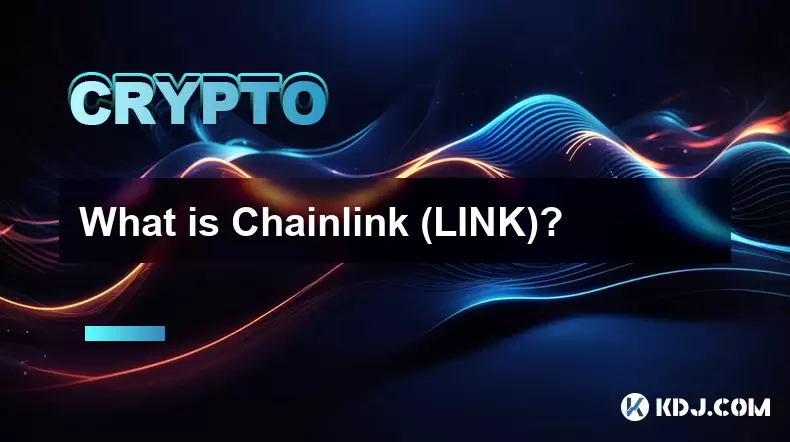
What is Chainlink (LINK)?
Jul 22,2025 at 02:14am
Understanding Chainlink (LINK): The Decentralized Oracle NetworkChainlink is a decentralized oracle network designed to bridge the gap between blockch...
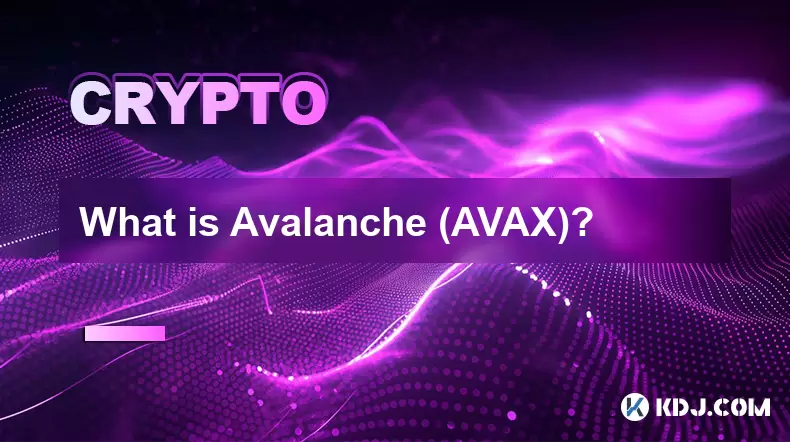
What is Avalanche (AVAX)?
Jul 22,2025 at 08:35am
What is Avalanche (AVAX)?Avalanche (AVAX) is a decentralized, open-source blockchain platform designed to support high-performance decentralized appli...
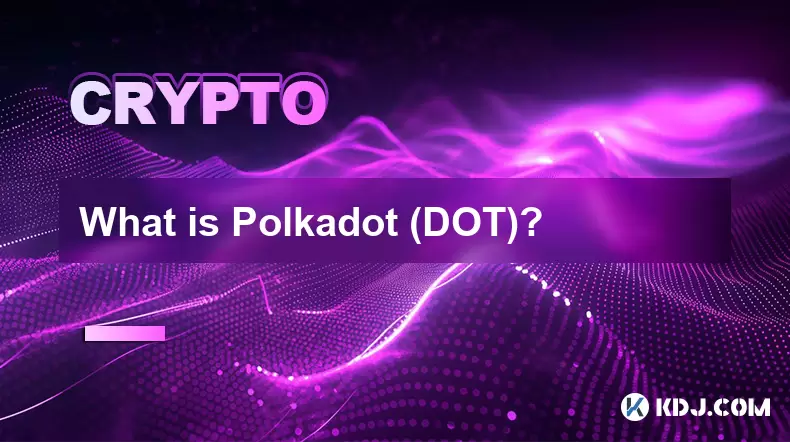
What is Polkadot (DOT)?
Jul 19,2025 at 06:35pm
Understanding the Basics of Polkadot (DOT)Polkadot (DOT) is a multi-chain network protocol designed to enable different blockchains to transfer messag...
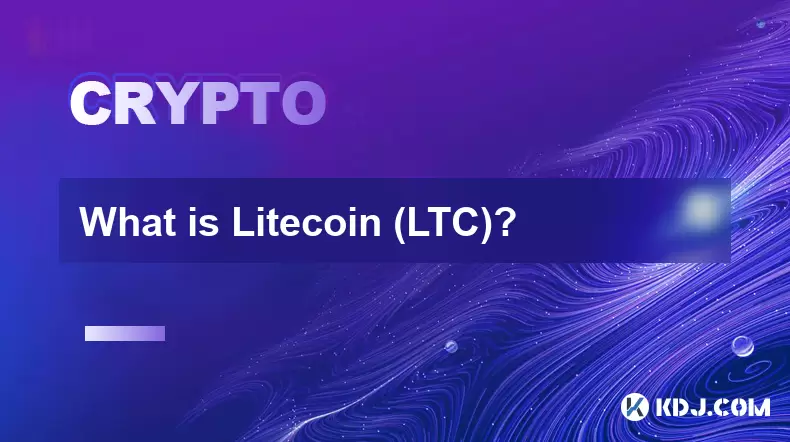
What is Litecoin (LTC)?
Jul 23,2025 at 11:35am
Overview of Litecoin (LTC)Litecoin (LTC) is a peer-to-peer cryptocurrency that was created in 2011 by Charlie Lee, a former Google engineer. It is oft...
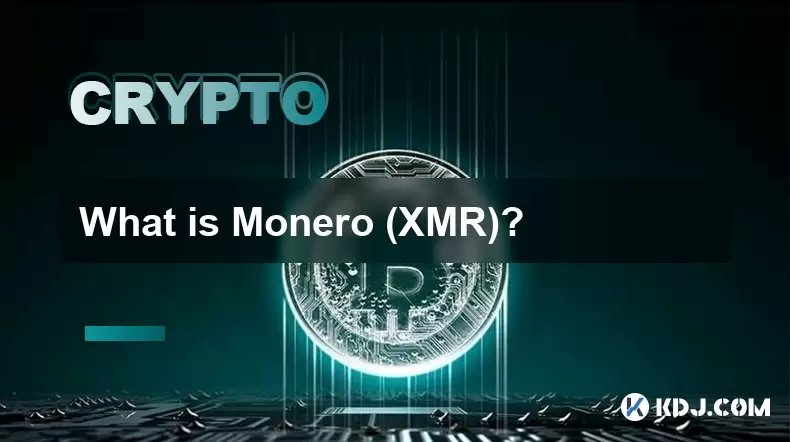
What is Monero (XMR)?
Jul 21,2025 at 10:07am
What is Monero (XMR)?Monero (XMR) is a decentralized cryptocurrency designed to provide enhanced privacy and anonymity for its users. Unlike Bitcoin a...
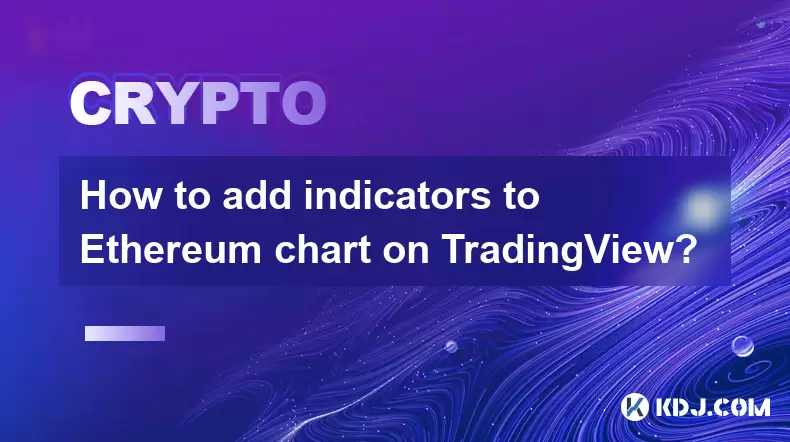
How to add indicators to Ethereum chart on TradingView?
Jul 19,2025 at 07:15am
What Is an Ethereum Chart on TradingView?The Ethereum chart on TradingView is a visual representation of the price movement of Ethereum (ETH) over a s...

What is Chainlink (LINK)?
Jul 22,2025 at 02:14am
Understanding Chainlink (LINK): The Decentralized Oracle NetworkChainlink is a decentralized oracle network designed to bridge the gap between blockch...

What is Avalanche (AVAX)?
Jul 22,2025 at 08:35am
What is Avalanche (AVAX)?Avalanche (AVAX) is a decentralized, open-source blockchain platform designed to support high-performance decentralized appli...

What is Polkadot (DOT)?
Jul 19,2025 at 06:35pm
Understanding the Basics of Polkadot (DOT)Polkadot (DOT) is a multi-chain network protocol designed to enable different blockchains to transfer messag...

What is Litecoin (LTC)?
Jul 23,2025 at 11:35am
Overview of Litecoin (LTC)Litecoin (LTC) is a peer-to-peer cryptocurrency that was created in 2011 by Charlie Lee, a former Google engineer. It is oft...

What is Monero (XMR)?
Jul 21,2025 at 10:07am
What is Monero (XMR)?Monero (XMR) is a decentralized cryptocurrency designed to provide enhanced privacy and anonymity for its users. Unlike Bitcoin a...

How to add indicators to Ethereum chart on TradingView?
Jul 19,2025 at 07:15am
What Is an Ethereum Chart on TradingView?The Ethereum chart on TradingView is a visual representation of the price movement of Ethereum (ETH) over a s...
See all articles

























